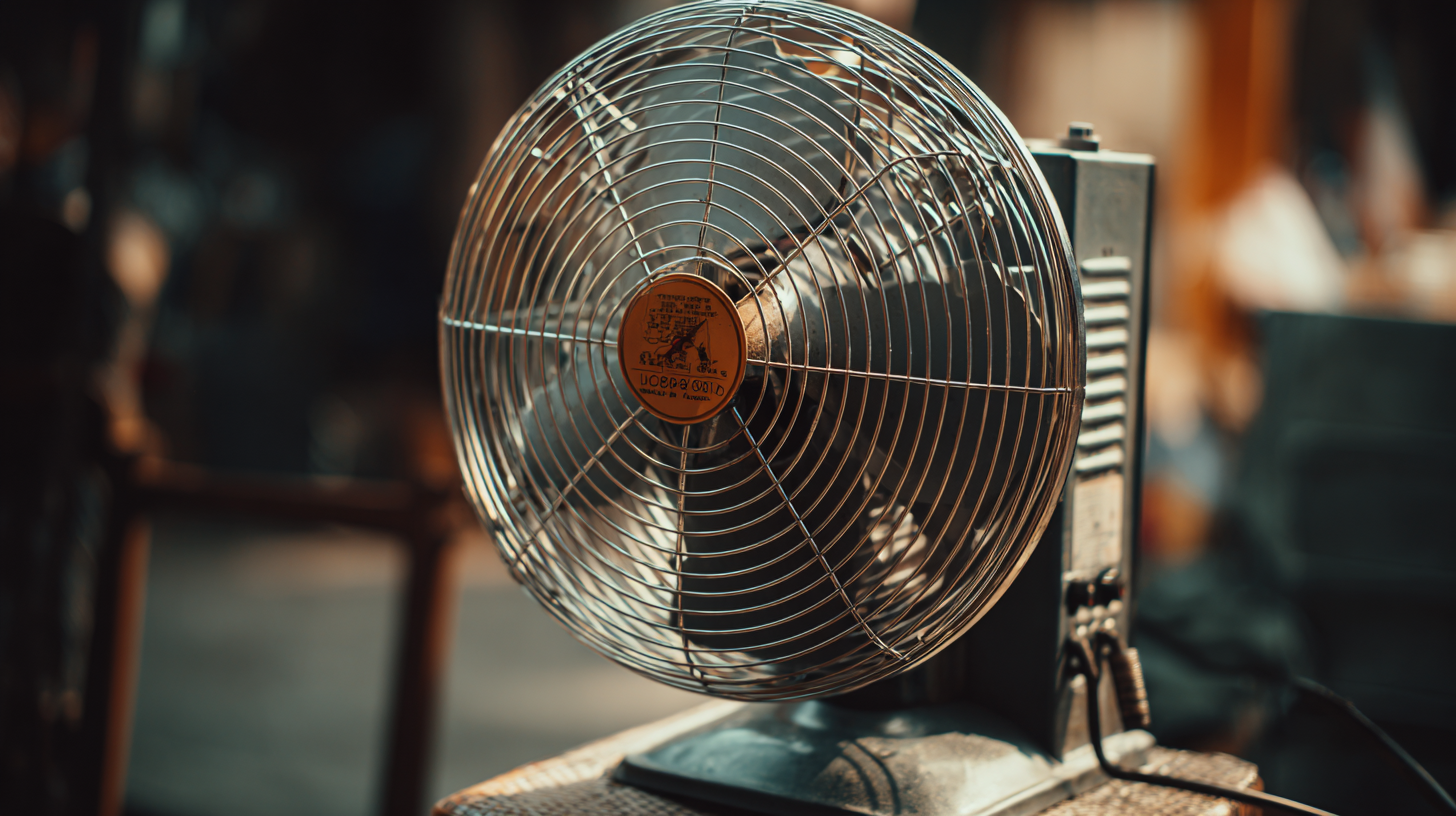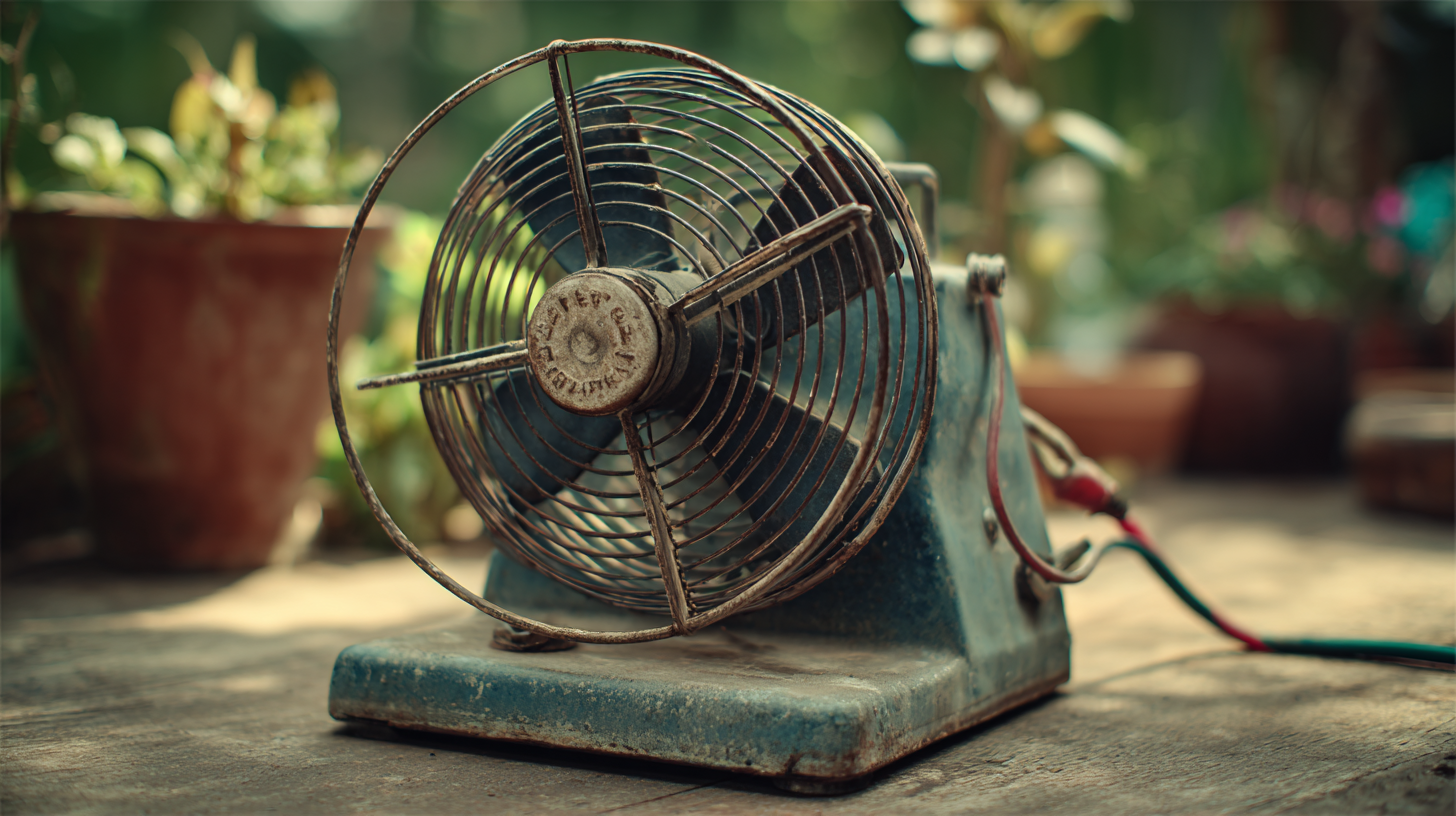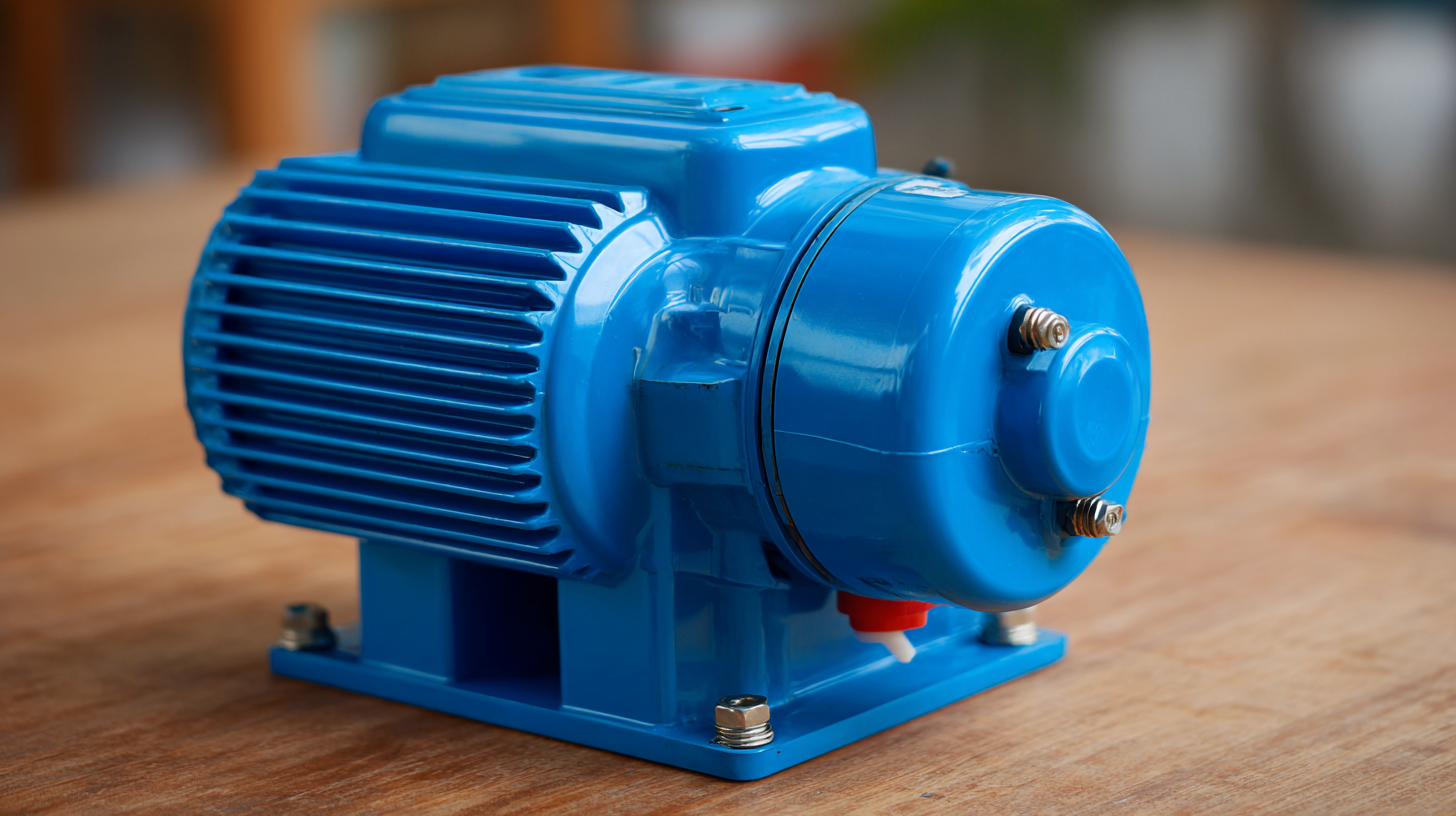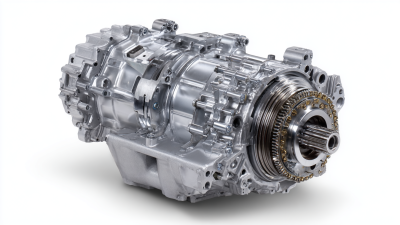
The Ultimate Guide to Choosing the Right Electrical Fan Motor for Your Home
 When it comes to maintaining comfort in your home, selecting the right
electrical fan motor is crucial. The electrical fan motor serves as the
heart of your cooling system, driving the blades to circulate air effectively. However, with a myriad of options available
on the market, choosing the best motor for your needs can seem overwhelming.
Factors such as motor efficiency, noise level, and compatibility with your existing fan model play significant roles in
ensuring optimal performance.
When it comes to maintaining comfort in your home, selecting the right
electrical fan motor is crucial. The electrical fan motor serves as the
heart of your cooling system, driving the blades to circulate air effectively. However, with a myriad of options available
on the market, choosing the best motor for your needs can seem overwhelming.
Factors such as motor efficiency, noise level, and compatibility with your existing fan model play significant roles in
ensuring optimal performance.
This guide aims to simplify the selection process by providing essential insights and expert tips to help you identify the most suitable electrical fan motor for your home. Whether you are seeking an upgrade to enhance energy efficiency or replace an outdated unit, understanding these key considerations will empower you to make an informed decision that aligns with your comfort and budget requirements.
Understanding the Different Types of Electrical Fan Motors Available
When selecting the right electrical fan motor for your home, it’s crucial to understand the different types available on the market. The most common types include shaded pole motors, permanent split capacitor (PSC) motors, and brushless DC (BLDC) motors. Shaded pole motors are simple and cost-effective, often found in smaller fans, but they are less efficient and provide lower performance. In contrast, PSC motors, which are widely used in larger ceiling and exhaust fans, offer better efficiency and torque, with typical energy savings reported at about 30% compared to shaded pole motors, according to the Department of Energy.
On the higher end, brushless DC motors have gained popularity due to their superior energy efficiency and quiet operation. These motors can deliver up to 70% energy savings, especially in variable speed applications. A recent report by the International Energy Agency highlights that the adoption of more efficient motor technologies could significantly reduce household energy consumption, emphasizing the importance of selecting the right type of motor for both performance and sustainability. As such, understanding the distinctions among these motor types is essential for making informed decisions that align with your home’s cooling needs and energy efficiency goals.

Key Factors to Consider When Choosing a Fan Motor for Home Use
When selecting the right electrical fan motor for home use, several key factors should be considered to ensure optimal performance and energy efficiency. First and foremost, you'll want to assess the size of the room where the fan will be installed.
Larger spaces typically require more powerful motors with higher airflow outputs, measured in cubic feet per minute (CFM). On the other hand, smaller rooms can benefit from smaller, quieter motors that efficiently circulate air without creating excessive noise.
Another crucial factor is the motor type. There are primarily two types of motors used in household fans: permanent split capacitor (PSC) motors and shaded-pole motors. PSC motors are generally more energy-efficient and offer better performance, making them ideal for higher-end fans. Shaded-pole motors, while less expensive, tend to be quieter and are often used in less demanding applications. Additionally, consider the fan's design and features, such as variable speed settings and energy-saving modes, which can enhance comfort while reducing electricity consumption. By keeping these factors in mind, you can make an informed decision that meets both your needs and your home's requirements.
Comparing Energy Efficiency Ratings of Various Fan Motors
When it comes to selecting an electrical fan motor for your home, energy efficiency has emerged as a critical consideration for both cost savings and environmental impact. The U.S. Department of Energy (DOE) reports that fans equipped with high-efficiency motors can use up to 50% less energy than standard models. This reduction not only translates into lower utility bills but also supports a more sustainable lifestyle. Understanding the different energy efficiency ratings, such as the Energy Efficient Ratio (EER) and the Seasonal Energy Efficiency Ratio (SEER), can significantly influence your decision-making process.
Moreover, a recent study by the American Society of Heating, Refrigerating and Air-Conditioning Engineers (ASHRAE) reveals that selecting a fan motor with a higher efficiency rating could save homeowners approximately $200 over a motor's lifetime, depending on the usage patterns. This financial benefit, combined with the positive environmental implications of reduced energy consumption, underscores the importance of investing in a quality fan motor. When comparing options, consumers should not only look at the upfront costs but also evaluate the long-term energy savings to make the most informed choice for their homes.
The Energy Efficiency Ratings of Various Electrical Fan Motors
Identifying the Right Size and Power Rating for Your Cooling Needs
When selecting the right electrical fan motor for your home, the size and power rating are paramount to meeting your cooling needs effectively. According to a report by the U.S. Department of Energy, a fan motor's size directly influences its performance and efficiency. For instance, a motor rated at 1/2 horsepower typically covers an area of 300 to 400 square feet, while a 3/4 horsepower motor is better suited for larger spaces, ranging up to 600 square feet. Therefore, assessing the square footage of the area you intend to cool is critical in making an informed decision.
Additionally, power efficiency is highlighted in the ENERGY STAR guidelines, which recommend selecting fan motors with higher efficiency ratings, such as those exceeding 80% efficiency. This not only ensures optimal airflow but also minimizes energy consumption. For example, a well-chosen 1/2 horsepower motor can consume between 300 to 700 watts, depending on the model, while better-rated motors may significantly lower your electricity bill without compromising on performance. Thus, understanding both size and power rating will help in selecting a fan motor that not only cools your space effectively but also operates efficiently.
The Ultimate Guide to Choosing the Right Electrical Fan Motor for Your Home - Identifying the Right Size and Power Rating for Your Cooling Needs
| Fan Type | Blade Size (inches) | Power Rating (Watts) | Airflow (CFM) | Room Size (sq ft) |
|---|---|---|---|---|
| Ceiling Fan | 52 | 70 | 5,000 | Up to 400 |
| Table Fan | 12 | 30 | 1,800 | Up to 150 |
| Wall-mounted Fan | 16 | 60 | 3,500 | Up to 300 |
| Floor Fan | 20 | 90 | 6,000 | Up to 500 |
| Portable Fan | 10 | 25 | 1,200 | Up to 100 |
Maintenance Tips to Extend the Lifespan of Your Fan Motor
When it comes to extending the lifespan of your electrical fan motor, regular maintenance is crucial. According to a report by the National Association of Electrical Distributors (NAED), properly maintained motors can last up to 25% longer than those that are neglected. Simple practices such as cleaning the fan blades and removing dust accumulation can prevent overheating and improve efficiency. Using a soft brush or a damp cloth, regularly wipe down the fan to ensure optimal airflow.

Furthermore, lubrication is key to keeping your fan motor in top condition. The American Society of Heating, Refrigerating and Air-Conditioning Engineers (ASHRAE) recommends lubricating the motor bearings at least once a year to reduce friction and wear, which can significantly enhance performance. In fact, motors that are regularly lubricated can see a reduction in energy consumption by up to 10%, according to data from the U.S. Department of Energy. Proper maintenance, including routine checks and timely repairs, not only prolongs the life of your fan motor but also optimizes its efficiency, contributing to lower energy bills in the long run.
Related Posts
-

Understanding the Magic Behind Electrical Fan Motors: How They Keep You Cool
-

Unmatched Excellence in Chinese Manufacturing Leading the Global RV Gearbox Export Market
-

Exploring Innovative Rv Gearbox Options: Data-Driven Insights for Global Buyers
-

Future of Manufacturing: A Comprehensive Guide to Best Iron Body Motors in 2025 Trends
-

7 Compelling Advantages of Choosing the Right Fire Pump for Your Needs
-

7 Excellent Benefits of Using Low Speed Motors for Your Business
-

Phone
Phone

0086-13586199782
-

E-mail
-

Whatsapp
-

Wechat
Wechat

-

Top
